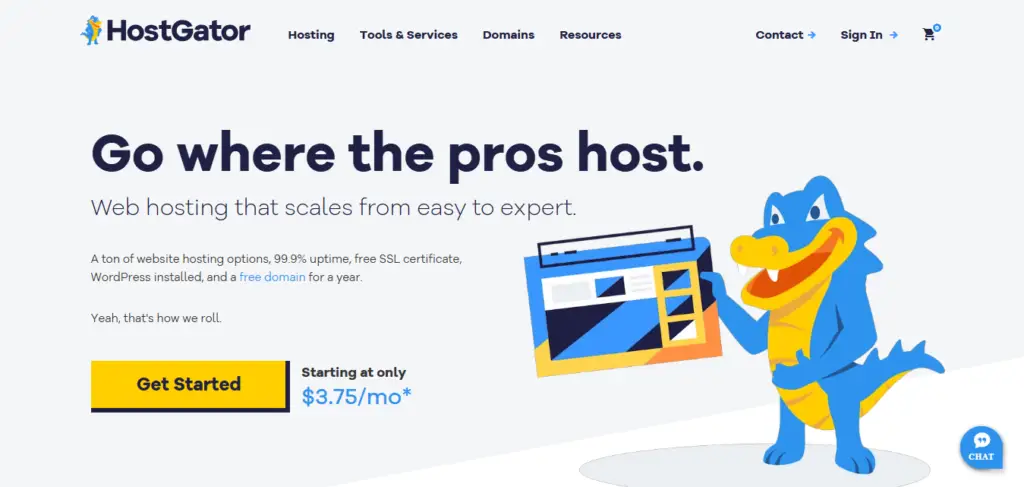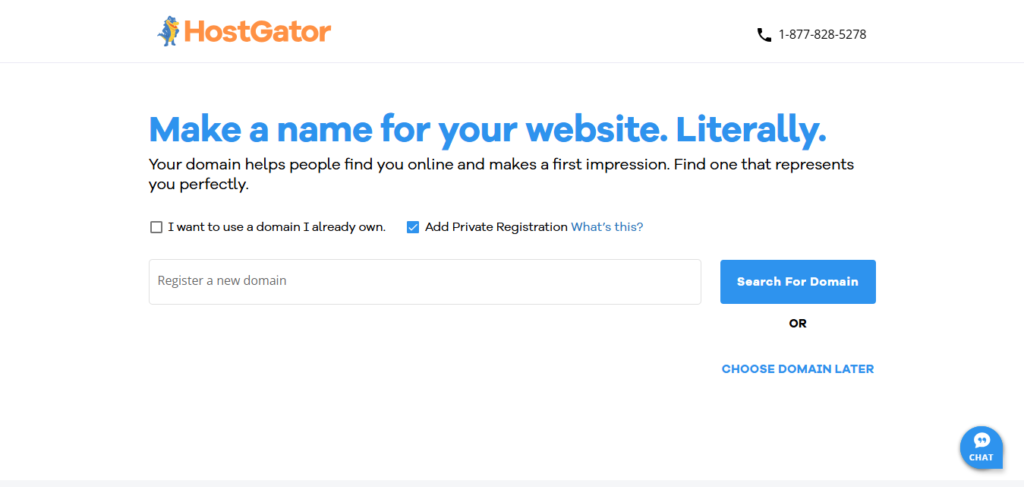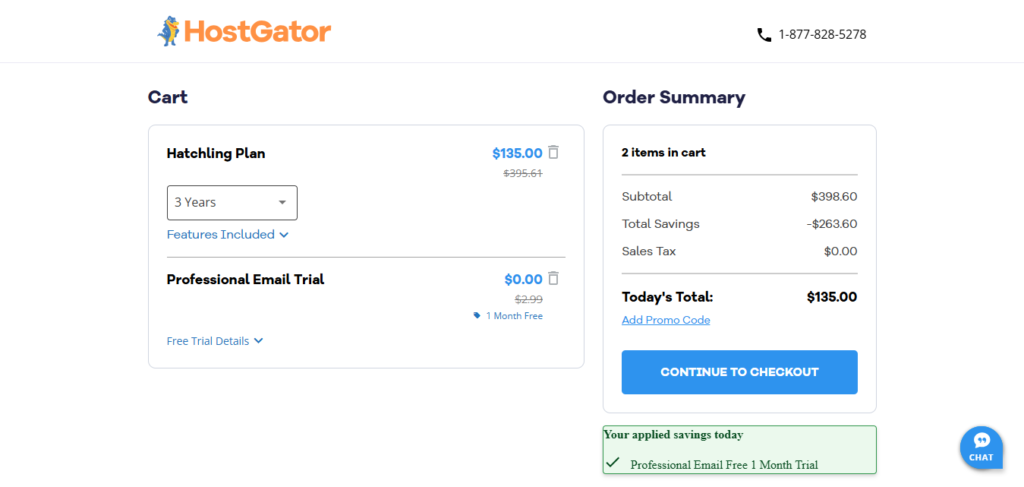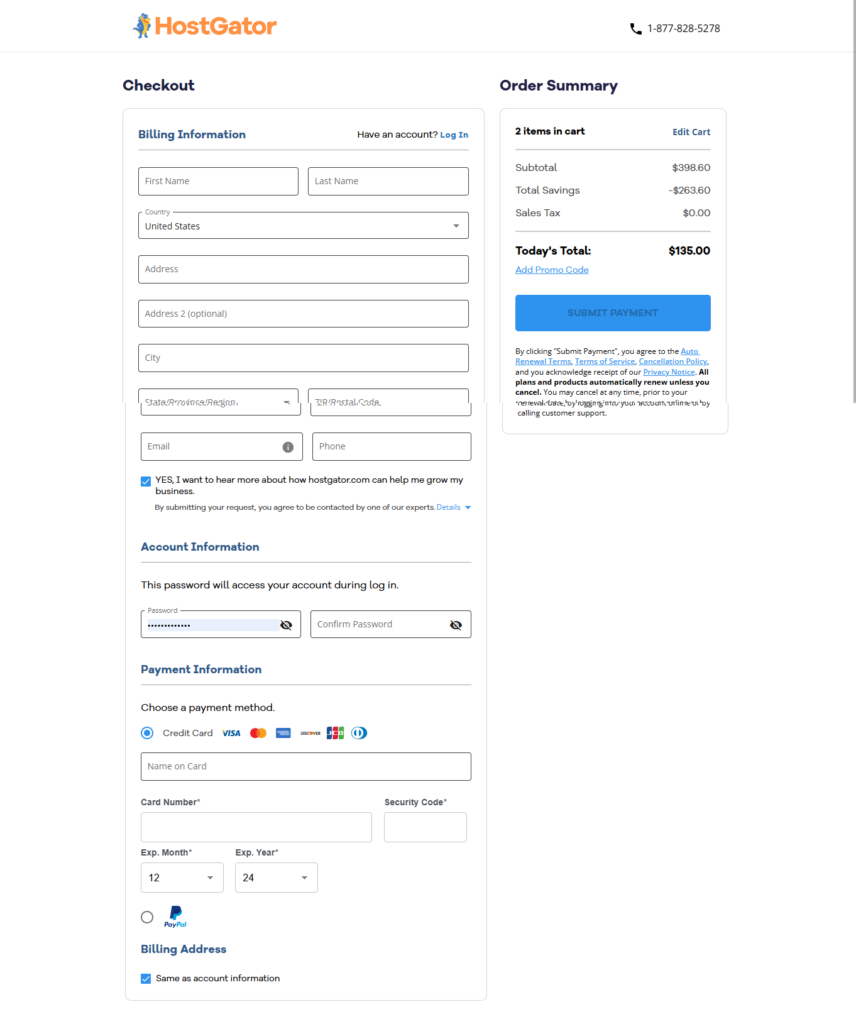
Starting a fitness blog is all about covering different sub-niches under fitness-related topics, whether it’s workout routines, nutrition tips, mental health, or even fitness gear reviews.
As you kick off your fitness blogging journey, here’s the best part: you can monetize your blog right away. Unlike Instagram or TikTok, where you need thousands of followers to land sponsorships, your blog can start earning with just a small but dedicated audience.
All you need is the willingness to keep learning about your niche and publishing relevant blog posts.
And since you’re already interested in this space, this will keep you motivated until you hit your goals.
Why Should You Start Your Fitness Blog Today?
- You Can Make $3,0500 − $15,000/Month: Even as a beginner, you can start pulling in a few thousand dollars from your blog. Let’s be real, that’s way better than most 9-to-5 jobs.
- Little Start-Up Cost: Unlike opening a gym or launching a fitness studio, starting a blog won’t break the bank. For less than $4/month and under 12 minutes of setup time, you can have a fully functional blog ready to go. That’s cheaper than a single protein shake at some fancy café.
- No Coding Skills Required: If the thought of coding makes you break out in a cold sweat, relax. You also don’t need to write a single line of code. With pre-built themes and drag-and-drop features, you can customize your site to look exactly how you want, no tech degree is required.
- Worldwide Availability: As long as Google works in your country, this opportunity is open to you. Whether you’re in New York, Nairobi, or New Delhi, your fitness blog can reach a global audience.
- Immediate Monetization: Here’s the kicker, you don’t need a massive following to start making money. From the moment you publish your first blog post, you can monetize it with ads and affiliate links. Even a tiny audience can start bringing in some cash, and as your traffic grows, so does your income.
So why wait? You can start your blog today to share your fitness journey and inspire others while you make money doing so. The possibilities are endless when you take the first step!
What You Need to Get Started
To get your blog up and running and ready for its first post, here’s what you’ll need:
- A Laptop or Desktop – Whether it’s a laptop or a desktop, you’ll need one to handle all the blog management and writing. Having a reliable computer makes life so much easier when you’re juggling posts, research, and updates.
- A Domain Name – This is your blog’s address on the web (think of it like your blog’s “home” on the internet). Go for a name that’s catchy and relevant to your fitness niche or personal brand. Make sure it’s easy to remember and reflects your content.
- A Blogging Platform – You need a place to actually build your blog. A Content Management System (CMS) like WordPress is perfect for beginners. It’s super user-friendly, doesn’t require any coding, and lets you pick a pre-designed theme and customize it to match your vibe.
- Web Hosting – Hosting keeps your blog live and accessible to the world. Without hosting, your blog wouldn’t exist online! Choose a reliable hosting provider, like HostGator, that offers easy installation and solid performance.
Pro Tip: Once you’ve signed up with a hosting provider like HostGator, you can easily install WordPress with just a few clicks and start building your blog right away!
Affiliate Disclosure: This post may include affiliate links with special discounts. Using them saves you money and supports our site at no extra cost to you. Win-win right! Check out our [Privacy Policy] for more details. Thanks for your support!
How To Start A Fitness Blog Step by Step
In this guide, I’ll be using HostGator because it’s one of the best web hosting services available, offering reliable performance and great support. If you’re serious about starting a fitness blog, HostGator will make sure your site stays fast, secure, and online 24/7.
Let’s dive in and get your fitness blog up and running!
- Step 1: Start within a fitness sub-niche
- Step 2: Click on HostGator to get started
- Step 3: Choose your preferred HostGator hosting plan
- Step 4: Choose your unique domain name
- Step 6: Choose your HostGator hosting subscription period
- Step 6: Create your HostGator account
- Step 7: Install WordPress In your HostGator Account
- Step 8: Within your WordPress, select your blog theme [A Pre-built Site]
- Step 9: Customize and create new main pages and start publishing blog posts.
Step 1: Start within a fitness sub-niche
Starting with a sub-niche in the fitness space means focusing on a specific area, like strength training, yoga, or healthy eating, to begin sharing content. Once you’ve established yourself in that niche, you can naturally branch out to other related topics, expanding your reach and discovering more content ideas along the way. It’s a great way to build authority and keep your audience engaged as your blog grows!
Here are some popular sub-niches in fitness blogs where you can start;
Sub 1: Weight Loss – Focus: Helping readers achieve weight loss goals through exercise, diet, and lifestyle changes.
Example Topics:
- Effective workout routines for weight loss
- How to create a calorie deficit for fat loss
- Best healthy snacks for weight loss
Sub 2: Bodybuilding and Strength Training – Focus: Building muscle mass and strength through resistance training, nutrition, and workout programs.
Example of Topics:
- How to design a muscle-building workout plan
- Top 10 strength training exercises for beginners
- Best supplements for muscle growth
Sub 3: Yoga and Flexibility – Focus: Yoga practices, improving flexibility, and maintaining balance in life through mindfulness and stretching.
Example of Topics:
- Beginner’s guide to yoga poses for flexibility
- How yoga can help relieve stress
- Daily stretching routines to improve flexibility
Sub 4: Fitness for Women – Focus: Addressing fitness topics specifically tailored to women, including body toning, hormonal health, and pregnancy fitness.
Example of Topics:
- Best workout routines for toning arms and legs
- How to exercise safely during pregnancy
- Fitness tips for women over 40
Sub 5: Fitness for Men – Focus: Catering to men’s fitness goals, with topics on muscle growth, strength training, and testosterone health.
Example Topics:
- Effective full-body workouts for men
- The best diet for muscle gain and fat loss
- How to naturally boost testosterone levels
Sub 6: Home Workouts – Focus: Exercises that can be done at home with minimal or no equipment, catering to people who prefer not to go to the gym.
Example Topics:
- 30-minute full-body home workout routines
- Best bodyweight exercises for staying fit at home
- How to create a home gym on a budget
Relevant Post: Fitness blog topics ideas in different sub-niches to write about.
Step 2: Head Over to “HostGator” to Get Started
To get started, click on our HostGator discounted link to head over to their main page and get started. With our exclusive discount link, you’ll get HostGator at a lower special price. Don’t wait; your blogging journey starts now!

Relevant – Here are some other reliable web hosting providers you may want to consider.
Step 3: “Choose Your HostGator’s Hosting Plan”
The HostGator Hatchling plan is the best choice to start with since it’s the cheapest option, and you can always upgrade later if needed.

Step 4: Choose a simple domain name of our choice
After choosing your plan above, you will be directed to a page like this below to choose your domain name and complete your sign-up.

What to Consider When Choosing Your Fitness Blog Domain Name
- Make It Memorable and Easy to Spell: Your domain should be something people can easily type after a workout. Keep it simple and motivating!
- Reflect Your Fitness Niche: Your domain should scream health and wellness. Use keywords like “fit,” “strong,” “active,” or “wellness” to attract the right audience.
- Keep It Short and Energetic: Aim for 6-14 characters. Think of fitness brands—short, powerful, and full of energy.
- Easy to Read and Pronounce: Avoid confusing combos. If it’s hard to say, it’s hard to remember.
Relevant Name Ideas Resources
Step 5: Choose Your Hosting Subscription Period
Double-check that you’re on the Hatchling plan on the right-hand side. Then, set your subscription to 1 year or 36 months, whichever fits your budget best. A longer plan often comes with better savings, so choose what works for you.

Step 6: Create your HostGator Hosting account
Enter your email, fill in your contact details, and set a secure password to create your HostGator account.

Double-check your order details and the information you’ve entered to make sure everything is correct, then proceed to complete your checkout
Step 7: Set Up WordPress on HostGator
When you complete your HostGator account sign-up: You can follow the on-screen instructions to set up WordPress as your blogging platform.
Alternative method:
- Log into your HostGator account.
- Find the section labeled “WordPress”.
- Click on it, and you’ll be directed to create a WordPress account.
Your WordPress account will log you in automatically after setup, so you can immediately start blogging and customizing your site.
Step 8: Find the Perfect Theme for Your Fitness Blog
Themes are pre-built website templates. You can select a particular theme, preview it, and customize it the way you want it to make it yours.
A fitness blog should have an energetic and motivating design with clear navigation and space for videos, images, and workout plans.
How to Choose a Fitness Blog Theme
Here’s a simplified way to choose a suitable WordPress fitness blogging theme after you’ve logged into your WordPress admin area;
- Go to Appearance > Themes in your WordPress dashboard.
- Search for fitness themes with clean, active, and engaging layouts.
- Use filters to find themes with features like workout schedules, image galleries, and social media integration.
- Preview before applying to see how the theme looks with your content.
- Check for mobile-friendliness since many fitness readers use their phones to access workouts and tips.
- Look at reviews to ensure the theme is easy to customize.
- Consider premium themes if you need extra features like member login areas or course integration.
Best Fitness Blog Themes:
- Astra – Lightweight and easy to customize for fitness content.
- FitClub – Designed specifically for fitness and health blogs.
- Balance – Great for personal trainers and wellness bloggers.
Pick a theme that reflects energy, motivation, and a healthy lifestyle!
Step 9: Customize Your Fitness Blog & Start Publishing
Make your fitness blog vibrant and inspiring! Adjust the layout to reflect energy and motivation.
How to Personalize & Publish Content:
- Customize colors, fonts, and layouts to match your fitness style.
- Edit pages like “About,” “Contact,” and “Workout Plans.”
- Add sections for nutrition guides, workout videos, and fitness challenges. [Optional]
- Start publishing exercise routines, health tips, and transformation stories.
Your fitness blog is now live! Start helping people achieve their fitness goals.
💪 Watch the video below for a detailed guide on setting up your fitness blog!
Once you’ve watched the video, you can use the steps below to find fitness-related blog topics and get your blog up and running!
How to Find Fitness Blog Topics to Write About
Creating great content is the foundation of a successful fitness blog. Whether you’re helping beginners start their journey or coaching advanced athletes, these resources will help you develop posts that resonate with your audience and grow your platform. This content can drive traffic and create income opportunities through display ads, affiliate marketing, and sponsored posts.
Essential Content Creation Tools:
- Need Help With Content?
How to Hire a Quality Fitness Writer – Find the perfect writer for workout plans, nutrition guides, and success stories - Grab Attention Instantly
How to Write Irresistible Fitness Headlines – Transform “Workout Tips” into “7 Science-Backed Moves That Torch Belly Fat Fast” - Never Run Out of Ideas
200+ Fitness Blog Topics That Convert – From beginner routines to advanced techniques and everything in between - Write Like a Pro
Step-by-Step Guide to Writing Fitness Posts – Structure your content for maximum engagement and SEO benefits
Content Categories That Perform Well:
- Beginner Guides: “At-Home Workouts With No Equipment”
- Nutrition Deep Dives: “Meal Plans for Different Fitness Goals”
- Success Stories: “Real People, Real Transformations”
- Expert Interviews: “Q&A With Celebrity Trainers”
- Product Reviews: “Best Running Shoes for Your Foot Type”
Pro Tip: Mix evergreen content (like “How to Do a Perfect Squat”) with trending topics (like “2025’s Top Fitness Apps”) to keep your blog fresh and relevant.
How to Monetize Your Fitness Blog and Start Making Money
If you want to turn your fitness blog into a profitable business, there are two main ways to start making money through your blog:
- Monetizing with Ads – Earn a passive income from display ads.
- Affiliate Marketing – Earn commissions by recommending fitness products.
Let’s break down each method step by step.
1. Monetize Your Fitness Blog with Ads
One of the easiest ways to start earning money from your fitness blog is through display ads. Google AdSense is a great option for beginners, but there are other ad networks to explore as your traffic grows.
How to Get Started with Ads
✅ Sign Up for Google AdSense
- Go to Google AdSense and click “Sign Up.”
- Use your existing Google account to register.
- Provide your blog’s URL and basic details.
- Google will review your site (this takes a few days).
- 💡 Pro Tip: Have at least 10 to 50 blog posts published before applying.
✅ Add AdSense Code to Your Blog
- Once approved, Google provides a code to place on your blog.
- Insert the code into your sidebar, header, or footer.
- If you use WordPress, you can add it easily with ad plugins.
✅ Start Earning from Ads
- Google will automatically display ads based on your fitness content.
- You’ll earn money when visitors click the ads or view them (CPM earnings).
- The more traffic you get, the higher your earnings!
💰 How Much Can You Make?
Ad earnings vary based on traffic, but most fitness bloggers make $100 to $1,000+ per month with Google AdSense. More traffic = More revenue!
Others: High-paying Ad Network For New Bloggers
2. Monetize Your Fitness Blog with Affiliate Marketing
Affiliate marketing is one of the most profitable ways to make money from your fitness blog. You earn a commission every time someone buys a fitness product through your affiliate links.
How to Get Started with Affiliate Marketing
✅ Find Fitness Affiliate Programs
Look for reputable affiliate programs that match your niche. Some top choices:
- Amazon Associates – Earn commissions on fitness gear, supplements, and books.
- ShareASale – Features workout apparel, fitness equipment, and nutrition brands.
- MyProtein Affiliate Program – Ideal for promoting supplements and protein powders.
- Beachbody Affiliate Program – Great for selling workout programs and meal plans.
- TRX Training Affiliate Program – Perfect for suspension training gear.
Find More: Fitness Affiliate Programs to Monetize Your Blog
✅ Sign Up for Affiliate Programs
- Apply to relevant programs that match your blog’s focus.
- Get approved and receive unique affiliate links to track your sales.
✅ Add Affiliate Links to Your Content
The best way to make money with affiliate marketing is by naturally integrating links into your blog posts. Some ideas:
🔹 Product Reviews – Write honest reviews about fitness equipment, supplements, or workout gear.
🔹 Top 10 Lists – Create “Best of” lists, like “Top 10 Home Workout Gadgets.”
🔹 Workout Routines – Share fitness plans and links to gear used in the exercises.
💰 How Much Can You Make?
Affiliate commissions range from 5% to 30%. Example: If you promote a $100 fitness tracker with a 10% commission rate, you’ll earn $10 per sale. Many fitness bloggers make $500 to $5,000+ per month with affiliate marketing.
Final Thoughts on Monetization
Turning your fitness blog into a money-making machine is easier than you think! 🚀
- Start with Google AdSense to generate ad revenue.
- Use affiliate marketing to promote fitness products you love.
- As your blog grows in traffic, your earnings will increase!
💡 Take Action Today: Monetize your fitness blog and start making money while sharing your passion! 💪💰
How Much Money Do Fitness Blogs Make?
Here’s a breakdown of how much fitness blogs can make based on different levels of success.
Basically, this gives you a rough idea of what you could make, depending on how many posts you put out, how they are monetized, your traffic, and how long you’ve been doing so.
Beginner Fitness Blogs
- Income: $100 – $1,500 per month
- Traffic: 5,000 – 25,000 monthly visitors
- Number of Posts: 20-60 blog posts
- Average Time: 6 months to 1 year
- Monetization Methods:
- Affiliate marketing (fitness products, supplements, workout gear)
- Display ads (Google AdSense)
- Sponsored posts (smaller fitness brands)
- Selling workout plans or guides
Average Fitness Blogs
- Income: $1,500 – $10,000 per month
- Traffic: 50,000 – 200,000 monthly visitors
- Number of Posts: 100-300 blog posts
- Average Time: 1-3 years
- Monetization Methods:
- Premium ad networks (Mediavine, AdThrive)
- Affiliate programs (larger commissions on fitness products or supplements)
- Sponsored posts (well-known fitness brands)
- Selling fitness eBooks, online courses, or fitness challenges
Established Fitness Blogs
- Income: $10,000 – $100,000+ per month
- Traffic: 200,000+ monthly visitors
- Number of Posts: 300+ blog posts
- Average Time: 3-5 years or more
- Monetization Methods:
- High-paying ad networks
- Large sponsorship deals (from major fitness brands or health companies)
- Membership programs (exclusive workout plans, nutrition advice)
- Selling premium online coaching, fitness apps, or physical products (merch, workout equipment)
Fitness blogs can monetize effectively due to the highly engaged and motivated audience, with fitness being a growing and lucrative niche.
Note: These figures provide a general overview, actual earnings can vary based on different factors on a specific blog. Here is a more realistic income report from real fitness blogs.
Examples of Fitness blogs and how much they make
- Kath Kyle: $15,534
- Avocadu: ~$30,000
- Fit Mom Journey: $10,124
- Organize Yourself Skinny: $13,018
Relevant – Fitness Blog Income Reports
How to Promote and Get Traffic to Your Fitness Blog
Creating great fitness content is just the beginning, now, it’s time to get people to read it. Here are some powerful ways to promote your blog and build an audience:
1. Share on Social Media & Fitness Communities
Platforms like Instagram, Facebook groups, TikTok, and Reddit (r/fitness, r/bodyweightfitness, r/nutrition, etc.) are goldmines for fitness bloggers. Share tips, success stories, and workout clips while linking back to your blog.
2. Use Pinterest for Fitness Content
Pinterest is a huge traffic driver for fitness blogs. Create high-quality pins for articles like “10-Minute Home Workouts” or “Best Foods for Muscle Gain” and share them on fitness-related boards.
3. Improve SEO with Backlinks
Google searches bring in long-term traffic. and building backlinks to your site will help make this faster.
Learn how to build backlinks by guest posting, collaborating with fitness influencers, and getting featured on wellness websites.
4. Promote Your Blog the Right Way
Writing great content isn’t enough, you need to promote it.
Learn how to promote a blog post using email marketing, social media, and partnerships with other fitness brands or trainers.
5. Increase Your Website Traffic with Proven Strategies
Want consistent visitors?
Learn how to increase your website traffic by focusing on trending fitness topics, improving user experience, and engaging with your audience through Q&A sessions.
6. Guest Posting for More Exposure
Want to expand your reach? Writing for other fitness blogs can help bring in new readers. Check out guest posting sites that accept fitness-related content and share your expertise with a wider audience.
🚀 Stay consistent, provide valuable fitness advice, and keep your audience engaged, soon, your fitness blog will become a go-to resource for health and wellness enthusiasts!
Simplified Summary
Quick Start Guide to Launching Your Fitness Blog
Now that you’re ready to start your fitness blog, it’s time to choose your focus!
Pick a niche that excites you, whether it’s workout plans, healthy recipes, weight loss journeys, or fitness motivation. Establishing a clear niche will help you build credibility and attract the right audience. As your blog grows, you can expand into other fitness-related topics.
While monetization through ads and affiliate links is an option, your priority should be creating valuable, inspiring content. Once you’ve built an engaged audience, income opportunities will naturally follow.
When you start seeing steady traffic, consider adding Google AdSense and joining affiliate programs to earn commissions from recommended fitness products and services.
Getting Started in a Few Simple Steps:
✅ Pick a fitness niche (e.g., strength training, yoga, nutrition, or weight loss).
✅ Set up your blog with HostGator, click here to get started.
✅ Choose a hosting plan that fits your needs.
✅ Select a domain name that reflects your fitness focus.
✅ Adjust your hosting subscription period as needed.
✅ Create your HostGator account and proceed.
✅ Install WordPress through your HostGator dashboard.
✅ Choose a theme that’s clean, motivating, and fitness-friendly.
✅ Customize your pages and start publishing engaging fitness content.
Stay consistent with your posts, whether it’s workout routines, nutrition advice, or fitness challenges, and your blog will grow in both traffic and income! 🚀
Other Recommended Blogging Guides
Explore these step-by-step guides to start your dream blog in any niche and monetize it successfully:
💰 Money-Making Blogs
- How to Start a Profitable Blog and Make Money
- How to Start a Real Estate Blog and Make Money
- How to Start a Tech Blog and Make Money
- How to Start a Finance Blog and Make Money
- How to Start a Coaching Blog and Make Money
🎮 Entertainment & Hobbies
- How to Start a Gaming Blog and Make Money
- How to Start a Sports Blog and Make Money
- How to Start a Music Blog and Make Money
- How to Start a Disney Blog and Make Money
- How to Start a Book & Poetry Blog and Make Money
👩💻 Lifestyle & Creative Blogs
- How to Start a Fashion Blog and Make Money
- How to Start a Travel Blog and Make Money
- How to Start a Food/Recipe Blog and Make Money
- How to Start a Beauty/Makeup Blog and Make Money
- How to Start a Home Decor DIY Blog and Make Money
📈 Specialized Niches
- How to Start a News Blog and Make Money
- How to Start a Product Review Blog and Make Money
- How to Start an Anonymous Blog
- How to Start a History Blog and Make Money
- How to Start a Teaching (Educational) Blog



